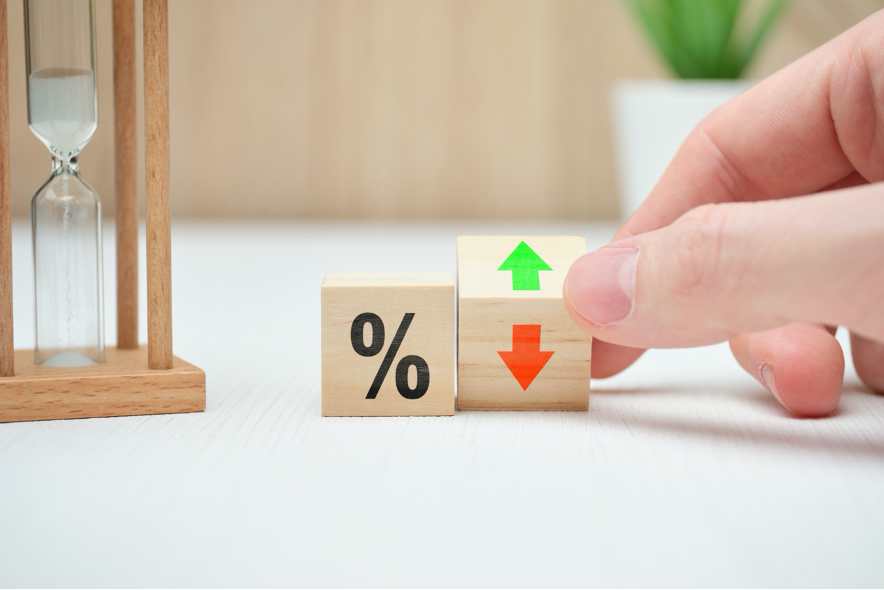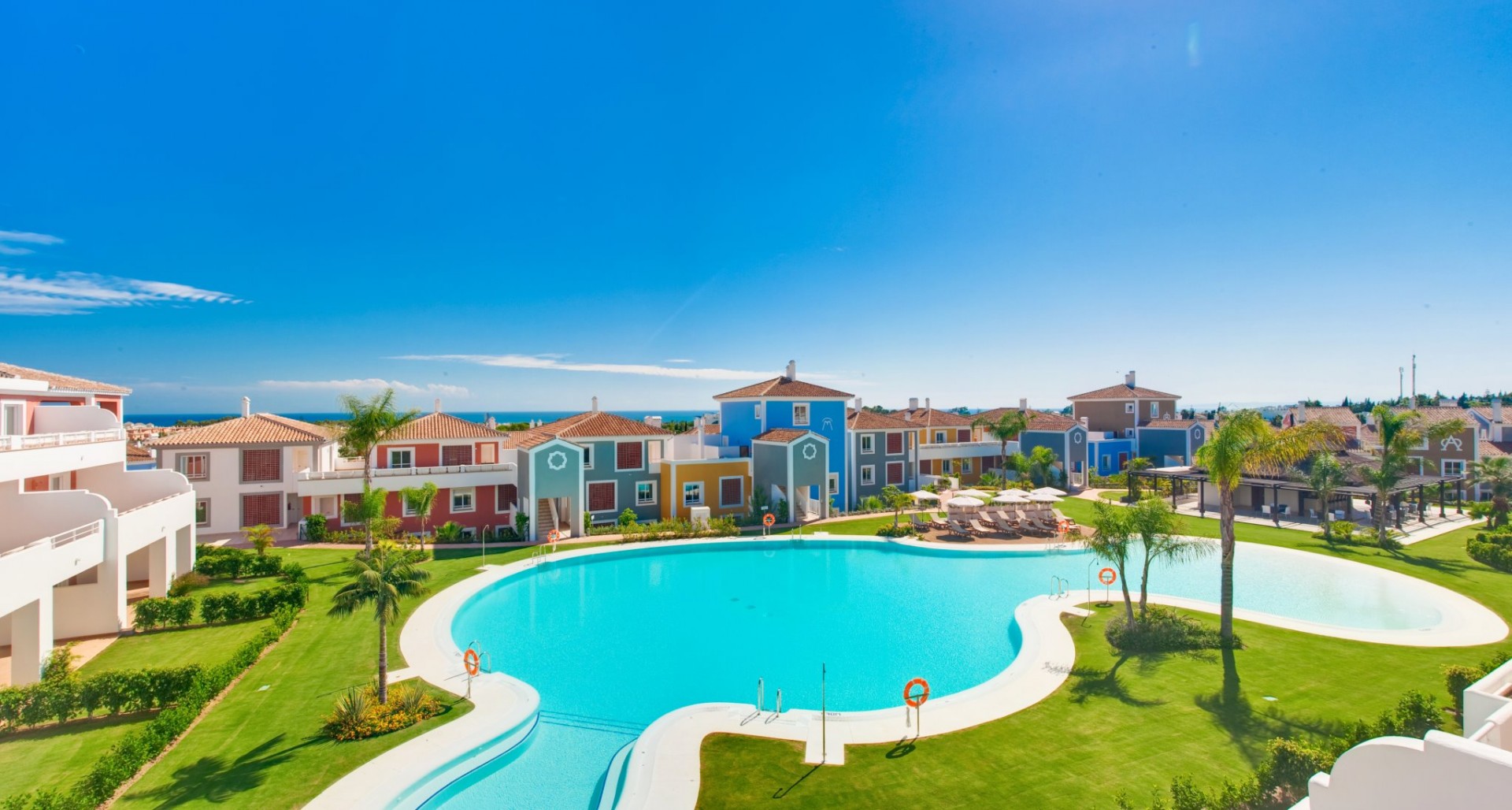How to get a Mortgage in Spain
The property market in Spain has been particularly buoyant since 2018. Homes have increased in value at an annual rate of approximately 5.6%. Spain welcomes investors from abroad, so if you’re a foreigner hoping to purchase property in Spain through a mortgage, you should find it easier than ever. In 2019, Spain introduced new legislation that released buyers from the responsibility of paying stamp duty, notary and registration fees. Instead, these fees are now paid by the banks.
Mortgage Fees for a Buyer
As a buyer, the only fees you’ll have are a valuation fee and an arrangement fee. The valuation fee costs between 300 and 500 euros. It enables the bank to value the property. An arrangement fee covers the administration costs of setting up your mortgage. It’s usually charged at approximately 1.5% of the property’s value, but it can sometimes be a fixed price. It’s even possible to find banks who may be willing not to charge these fees.
Low Interest Rates
 Picture from https://www.freepik.es/
Picture from https://www.freepik.es/
The bank won’t recoup these losses by adding them to the interest rate of your mortgage. Spain currently has lower interest rates than at any time in the last three decades. With a variable mortgage, you might pay an interest rate of between 1.43% and 3%. A fixed rate mortgage’s interest rate could be 2.4% to 3%.
Choose your Currency
 Picture from https://www.freepik.es/
Picture from https://www.freepik.es/
If you’re a foreigner purchasing property in Spain, you’re allowed to use your own currency. You can use euros instead, but you don’t have to decide until you actually sign the mortgage contract. The exchange rate at the time of signing the deeds stays fixed for the duration of the mortgage.
Beneficial Loan-to-Value
The loan-to-value (LTV) is the amount of money you can borrow. It’s based on a percentage of what the bank assesses the property’s value to be. As a foreigner, you can usually expect to borrow 60% or 70%. However, if you have been living in Spain and paying Spanish taxes for at least two years, you may be able to get a mortgage of 80% which is the same as Spanish nationals. You might even be granted a mortgage of 100% if you decide to purchase a property that’s been repossessed.
Different Types of Mortgage
Spain has a much simpler structure for mortgages than many countries, including the United Kingdom. There are three different mortgages, and they’re all available to residents and foreigners. There’s a fixed rate mortgage which usually has an interest rate of between 2% and 4%. A variable mortgage with compound interest is adjusted through EURIBOR, a rating which is set by a panel of banks. Being granted a variable mortgage often depends on your credit rating. The third mortgage combines both versions.
Length of Mortgage

Picture from https://elements.envato.com/es/
Spanish residents often acquire a mortgage of up to forty years. As a foreigner, you can usually expect your mortgage to last between five and twenty years. You must also ensure that the mortgage is cleared before you reach the age of seventy-five.
Paying Spanish Taxes
 Picture from https://www.freepik.es/
Picture from https://www.freepik.es/
As a foreigner, you’ll have to pay an annual tax on your Spanish property. The exact amount often depends on where your property is located, but it’s usually up to 2% of its current value. If you decide to sell your Spanish home, you’ll be liable for a capital gains tax of between 19% and 21% of the selling price. However, various reductions are included in the taxes, such as mortgage interest, leasing fees, repairs and general maintenance. There’s also a depreciation reduction allowed that’s worth up to 3% of what you paid for the property.
Before Applying for a Mortgage
If you want to purchase property in Spain, with or without a mortgage, you have to apply for a Número de Identificación de Extranjerosan (NIE). It’s a simple identification number that all foreigners must have for financial or legal matters. A similar document is the National Insurance Number of the United Kingdom. If you’re still in your own country, you can start the process by contacting the Spanish Consulate. If you’re already in Spain, you can simply apply for an NIE at any police station.
How to Apply for an NIE
 Picture from https://www.freepik.es/
Picture from https://www.freepik.es/
You’ll need to fill in an EX-15 form which you can obtain from the police station or Spanish Consulate. You’ll also need your original passport and copies of its pages. Two photographs that are of passport size should be included along with documents that outline why you’re applying for an NIE. In addition, you’ll need to pay 9 to 12 euros to cover the cost of submitting a 790 tax form.
Documents Required for Mortgage Application
When you have received your NIE document, you can proceed with your property purchase or mortgage application. You’ll need several other documents to prove your identity, income and any outstanding debts:
Identity and Income
- NIE Number
- Passport
- Most recent tax return
- Employed: contract of employment and at least three pay cheques
- Self-employed: three or more tax declarations
- Credit rating from your own country
- Marriage certificate or similar (only if appropriate)
Property and Assets
- Information about additional loans
- Documents to prove assets, debts or both
- Proof that taxes on any other properties are fully paid
- Copies of deeds relating to other properties in any country
- Purchase agreement you have with the seller
Your documents have to be presented in Spanish, so it’s worth having them professionally translated to avoid any errors that could affect their validity. An Apostille or official certificate can be included to prove that the documents are genuine. It’s best to include a detailed list of all the documents you are submitting to help the bank process them. Keep a copy for yourself so that you can check they have all been returned.
Applying for a Mortgage
ntPicture from https://www.freepik.es/
Once you’ve assembled your documents, the process of applying for a mortgage is very easy. Simply submit your documents and completed list. Once the bank has processed the information, you’ll be given a mortgage offer. The next step is to open a bank account so that the monthly repayments can be withdrawn. You can apply for other mortgage offers then accept the one that appears to be the most suitable. As part of the process, you also have to insure the property. Once the mortgage paperwork has been completed, you’ll need to have it legally verified by a notary or legal professional. However, you can appoint a lawyer to act on your behalf.
Ask for Help
Getting a mortgage in Spain is even easier if you contact Magna Estates. We have more than twenty-five years of experience in providing professional assistance with obtaining a mortgage for property in Marbella. Contact us now on +34 952 816 338 or info@magna-estates.com.
